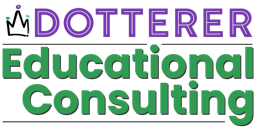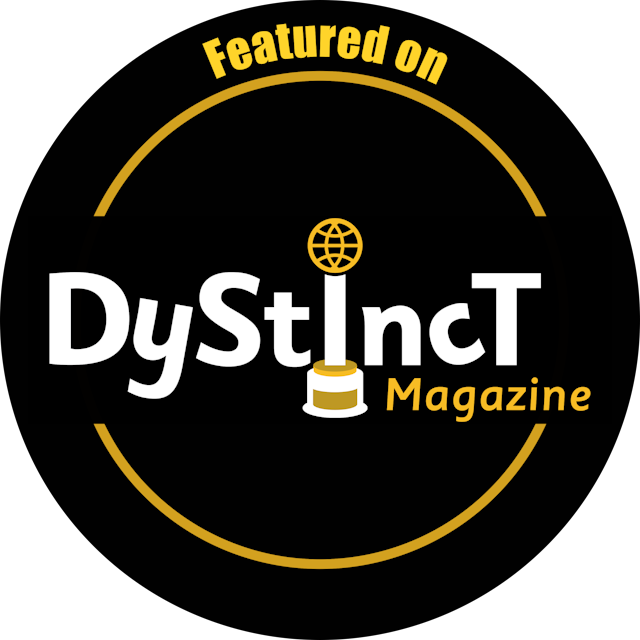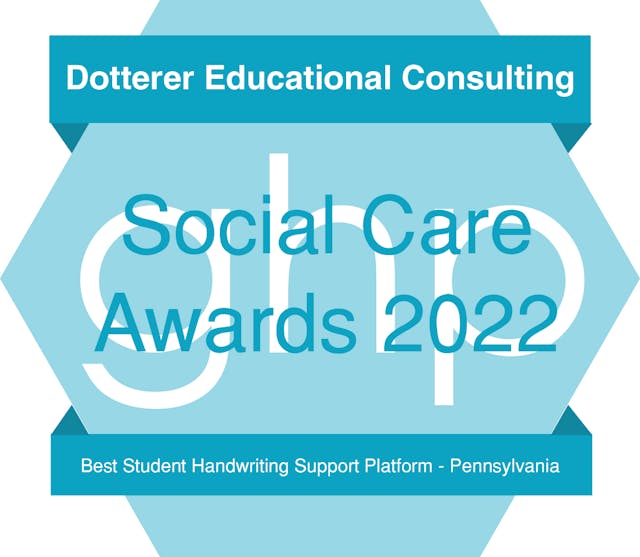Give your students the tools to change how they approach writing
Overcome the fear of writing by understanding how the brain works
Change your Brain
Browse Courses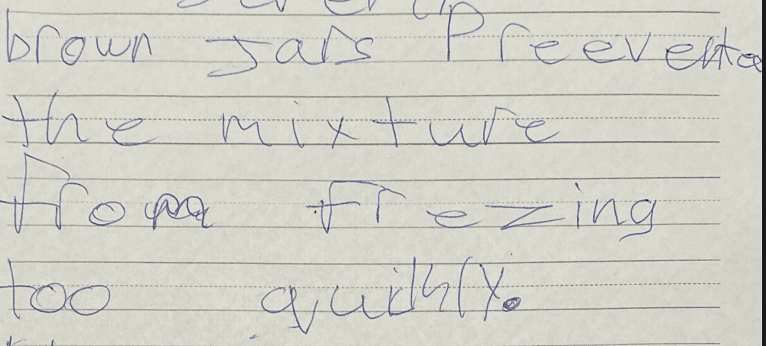
Dysgraphia is a disability in written expression
It impacts 33% of the population! That's 10 kids per classroom of 30! It's not just the person who suffers, it IS the entire community. Are you ready for clarity? You have come to the right place to
- Gain Awareness
- Shift Mindsets
- Receive Professional Development
Change Their World Forever!
Yours Too!
- Activities are Scepter (pencil) free
- Legibility and speed improve
- Easy Progress Monitoring
- Implement in 2-minutes per day
And it is Kid Approved!
Stop Writing Challenges before they interfere with education


The education of today's children is complex to say the least.
Teaching students to write is a science and an art.
There is so much online — Do This — Do That.
What is the best way to support your students?
I get it.
Simply having a curriculum is not enough!
Having a list of focused activities to support your students with a reason to be doing that specific activity is essential for their success.
Browse CoursesFrequently Asked Questions

Check Out My Award Nominated Book
Ranked in Amazon's top 100 for Handwriting Reference and Learning Disability.
Handwriting Brain-Body DisConnect helps child development professionals better understand their students who struggle with handwriting.
This groundbreaking book helps them understand how many students suffer every day because they struggle with handwriting.
From Response to Intervention to the Individualized Education Program, this book provides strategies readers can use at a moment's notice.
Buy the BookMeet Cheri
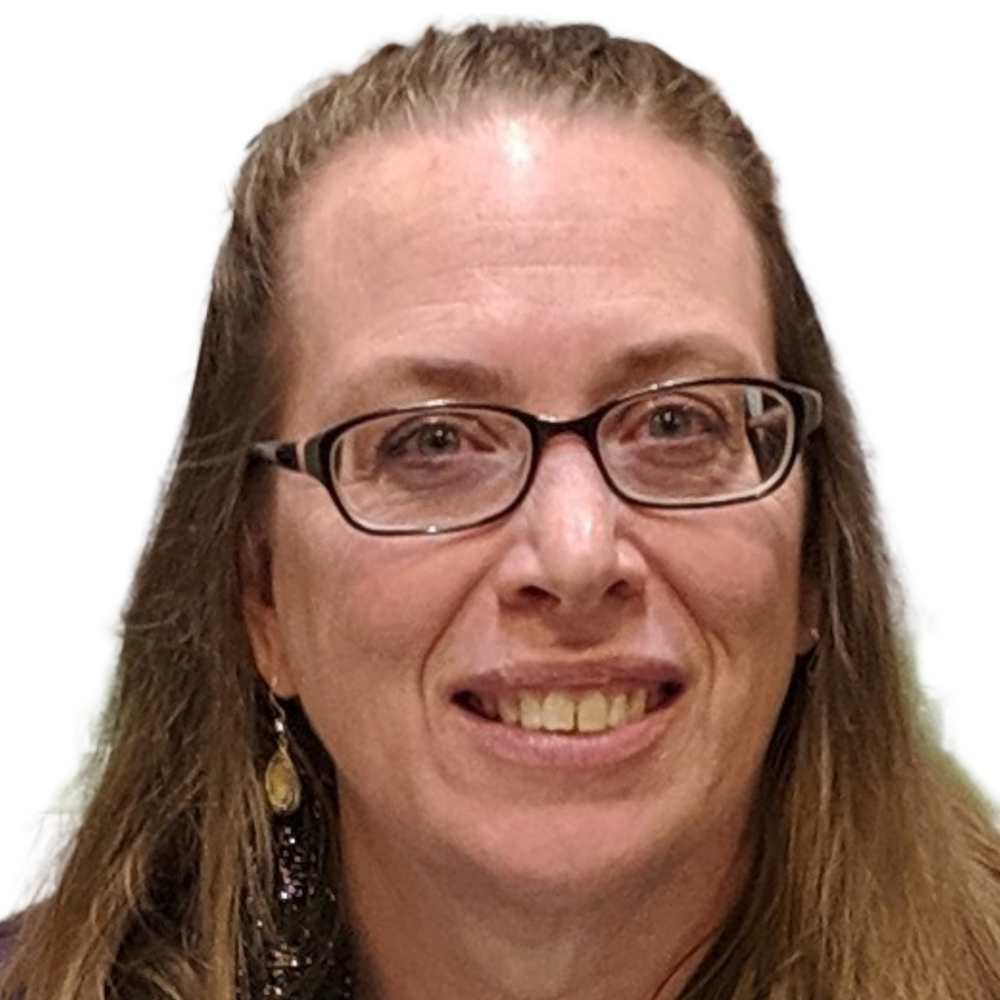
Cheri is an international speaker, author, and consultant who designs professional development materials to help students overcome the social-emotional trauma associated with dysgraphia and support teachers cultivate successful students. She is an occupational therapist and adjunct instructor. She lives with her husband of 31 years. They have two adult children.
Featured in
Let Your Journey Begin
Design Student and employee success
Dysgraphia does not have to be a barrier to your students' education or an employee's success.
Attention concerned teachers, therapists, business owners, and parents.
Help your students learn with ease and improve your awareness and empathy toward employees who struggle with effective communication.
Confusion and frustration over handwriting must be overcome with remediation and explicit instruction.
Gain clarity, competence, and confidence!
Transform their social-emotional well-being!
Transform lesson plans
Design their success
Browse CoursesOvercoming writing challenges through
Change your Brain
What our Clients Say
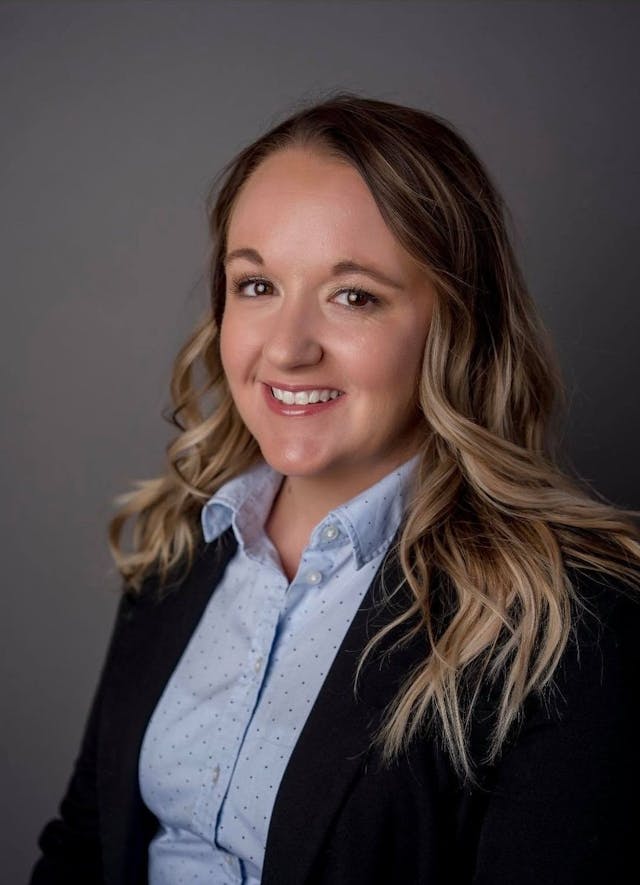
Shawna Steinbrecher, Occupational Therapist
“I found that it helped me be mindful in educating others and getting information to educators that they might not know about Specific Leaning Disability, and Dysgraphia. I felt that the course had good literature to help with educating others. The book was valuable.”

Shawna Steinbrecher, Occupational Therapist
“I found that it helped me be mindful in educating others and getting information to educators that they might not know about Specific Leaning Disability, and Dysgraphia. I felt that the course had good literature to help with educating others. The book was valuable.”
